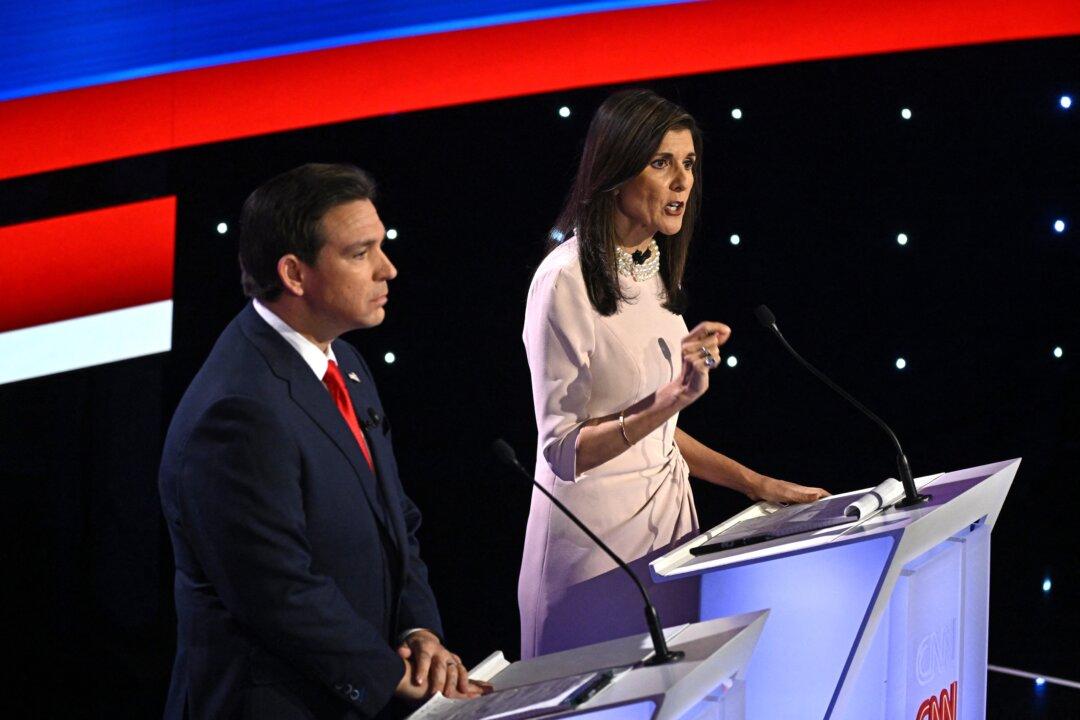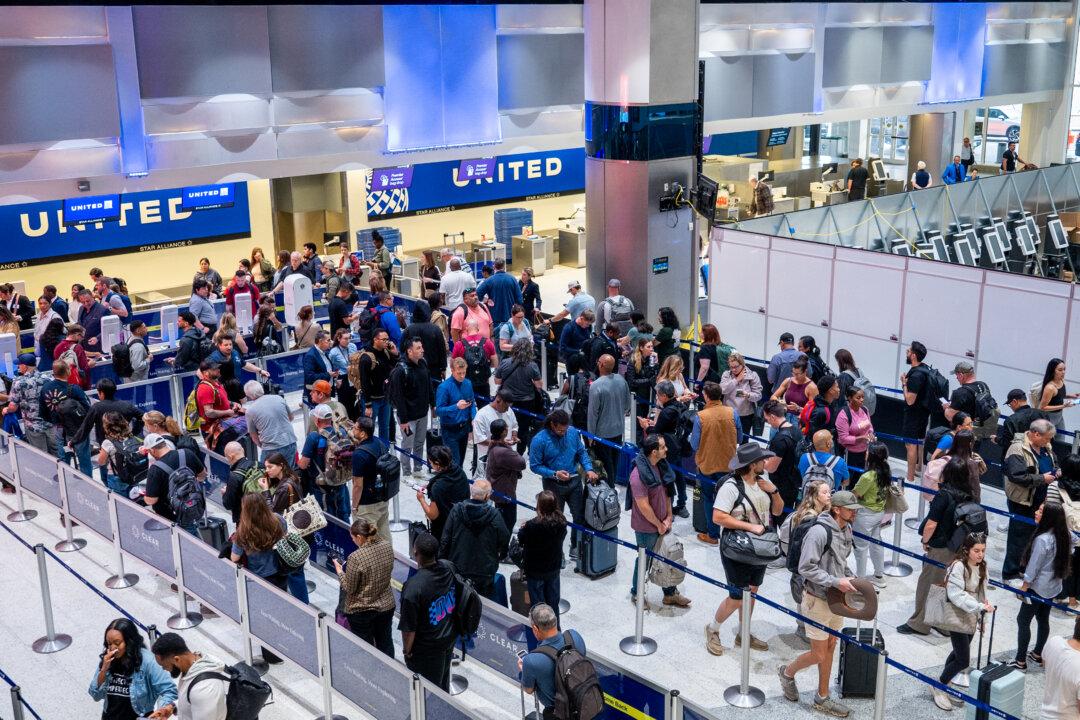Ron DeSantis and Nikki Haley invested heavily in television ads to influence voters ahead of the Jan. 15 Iowa Republican caucuses.
According to an Epoch Times analysis of Federal Communications Commission disclosures released by broadcasters—in the Des Moines, Cedar Rapids, Davenport, Sioux City, and Mason City metro areas in Iowa and Omaha, Nebraska—leading GOP candidates have spent more than $22.4 million on television ads that have aired or will air between December and the caucus.





